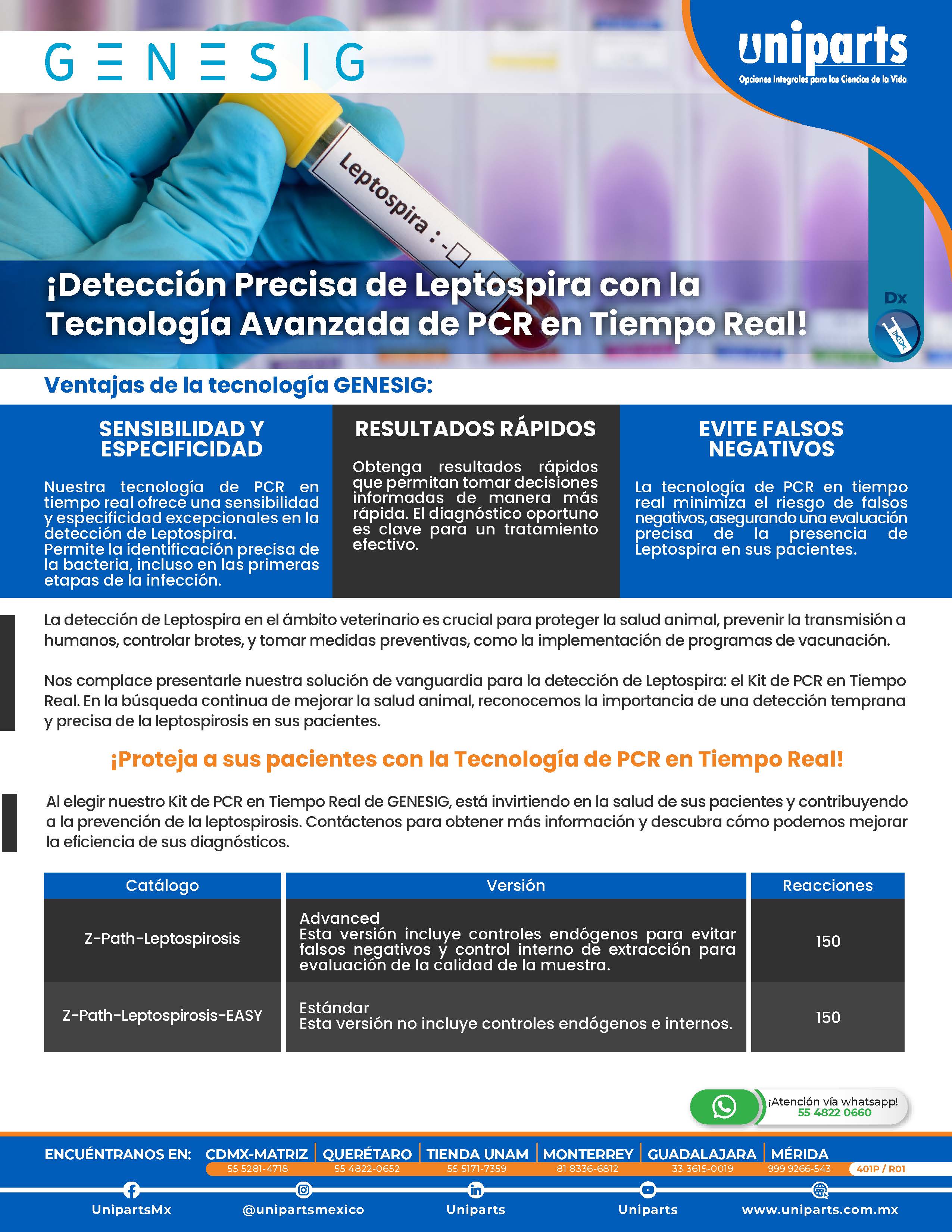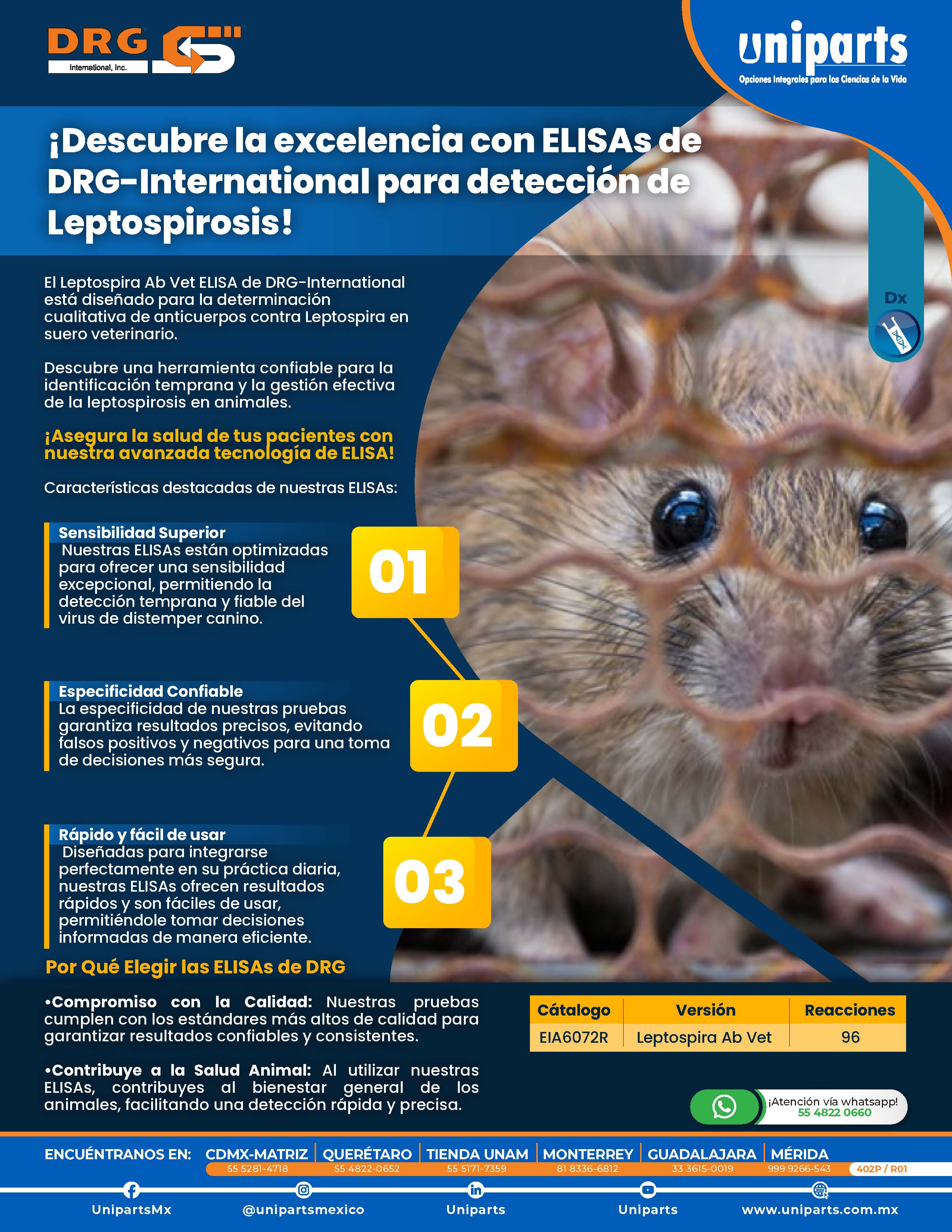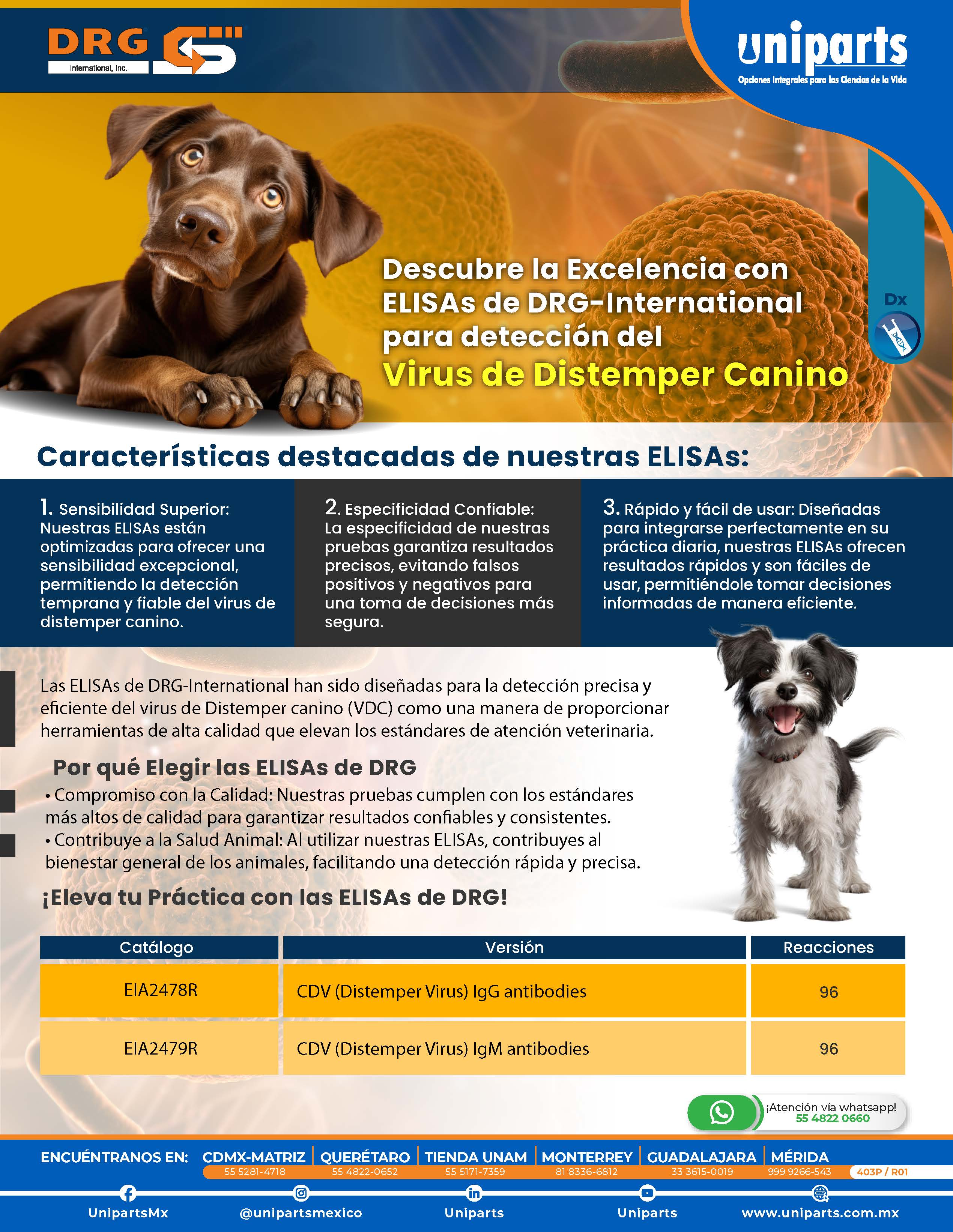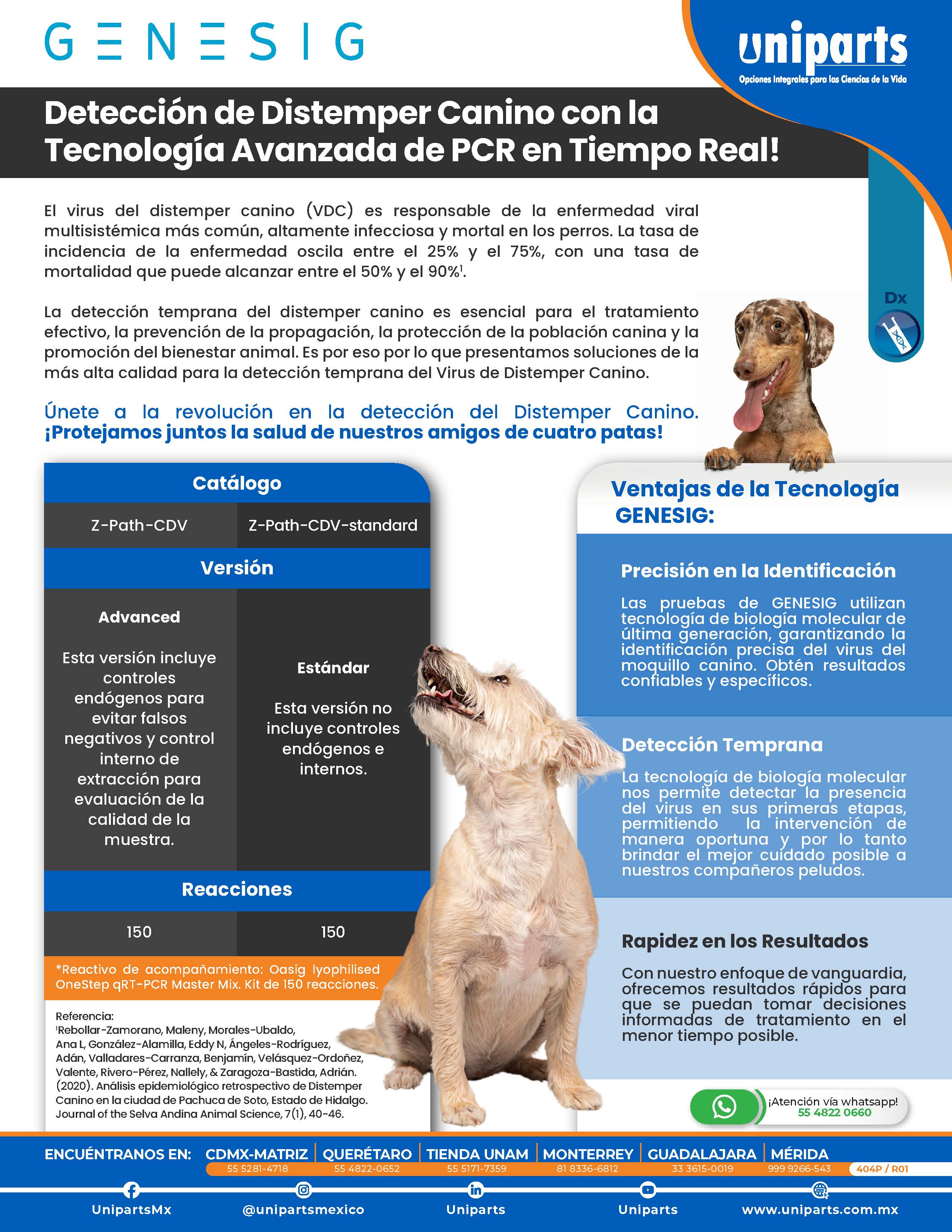VETERINARY
Medical diagnosis applied to veterinary medicine refers to the process of identifying and determining the disease or condition of an animal by evaluating clinical signs, medical history, results of laboratory examinations and other diagnostic tests.
As in human medicine, veterinary diagnosis is crucial to providing adequate care to animals and establishing an effective treatment plan. Veterinarians use a variety of methods and techniques to reach an accurate diagnosis.
In this aspect, PCR (Polymerase Chain Reaction) tests play a crucial role in veterinary diagnosis due to their high sensitivity and specificity in the detection of pathogen genetic material. These tests are widely used in veterinary medicine and have several important advantages:
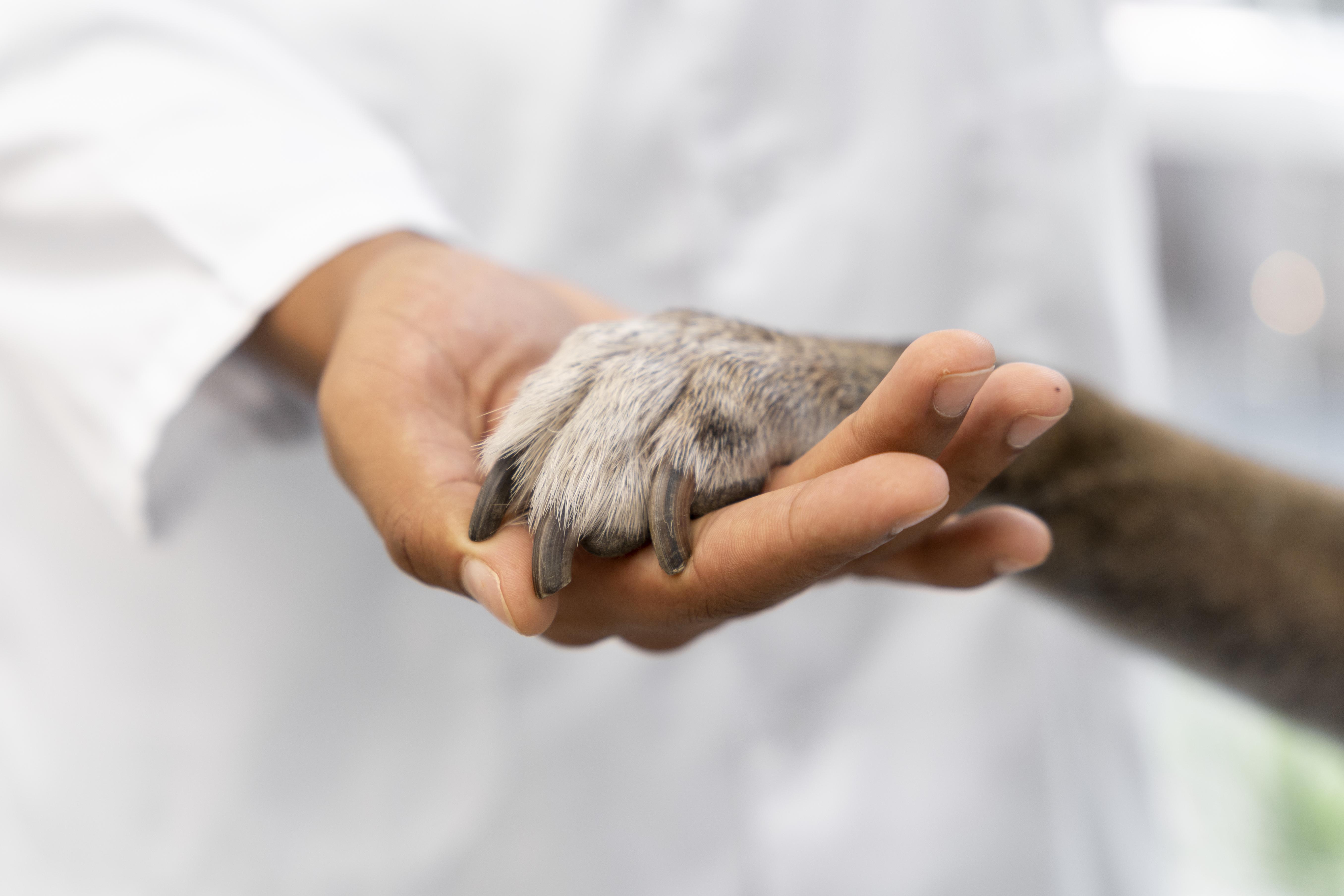
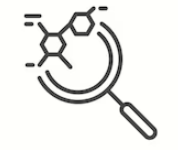
Accurate detection of pathogens: PCR makes it possible to detect the presence of specific genetic material of bacteria, viruses, parasites or fungi in clinical samples. This helps to accurately identify the agent causing the disease in the animal.
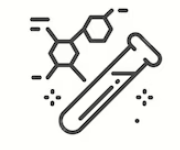
Sensitivity: PCR is highly sensitive, meaning it can detect even small amounts of the pathogen's genetic material. This is especially useful in the early stages of an infection, when pathogen levels may be low.
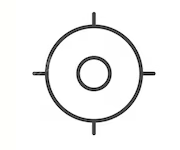
Specificity: PCR is highly specific, meaning it can differentiate between different strains or species of pathogens. This is important to determine the exact nature of the infection and select the appropriate treatment.
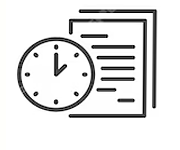
Rapid diagnosis: PCR tests typically have a faster turnaround time compared to other diagnostic methods, allowing for earlier diagnosis and more timely initiation of treatment.
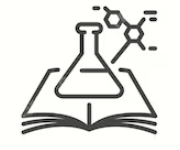
Disease monitoring: Quantitative real-time PCR (real-time PCR or qPCR) is also used to monitor the viral or bacterial load in the animal's body over time. This is especially useful for evaluating treatment effectiveness or disease progression.
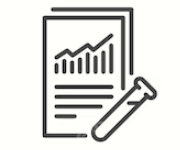
Disease prevention and control: Early detection of pathogens through PCR can help prevent the spread of contagious diseases in the animal population, allowing the implementation of appropriate prevention and control measures.
Envíosa toda la república
Lea aquí las condiciones.
GarantíasProductos garantizados
Lea aquí las condiciones.
Horarios9:00AM - 20:00PM
Atención vía telefónica, Whatsapp o Correo-e.
THE PRODUCTS
YOU NEED?
